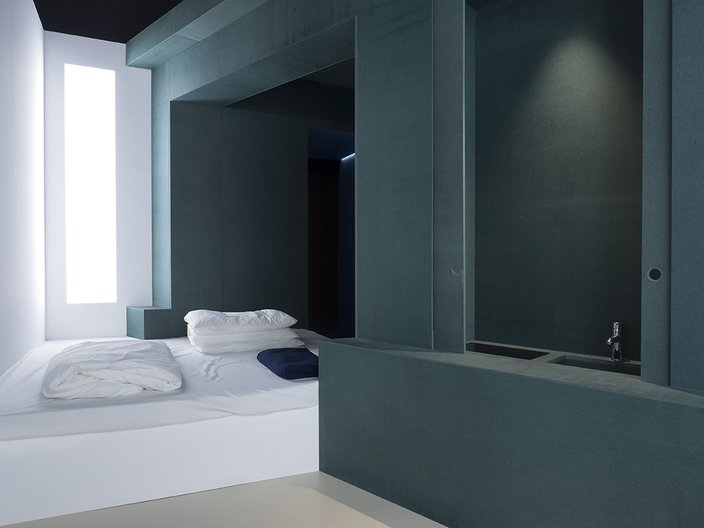This is Tomorrow: 5 extraordinary homes of the future





Our visions of the future can provide great insight into the aspirations and anxieties of the present. From Buckminster Fuller’s Dymaxion House to last year’s proposals from the Biennale’s British Pavilion, these five houses chart how our visions of future living have changed over the last century.
Dymaxion House
First conceived in the late 1920s, the aluminium Dymaxion was developed as a sustainable and affordable housing solution by designer and architect Buckminster Fuller. The design was intended for mass-production, but the prototype wasn’t realised until the post-war housing crisis in 1945.
Futuro House
The prefabricated Futuro House was designed by Finish architect Matti Suuronen in 1968. The iconic design is currently on display in the ‘Utopie Plastic’ exhibition at the Friche de L’Escalette architecture and sculpture park, Marseille.
Pao I: A Dwelling for Tokyo Nomad Woman
This living unit reduced the home to a minimal shelter to suit the nomadic lifestyles of our future selves. Designed by Toyo Ito in 1985 it reimagined the home in line with advances in technology and information networks.
Home Economics
Last year the British Council presented ‘Home Economics’ for the 15th Architecture Biennale and updated our vision of the homes of the future. The immersive environments proposed new models of the home, exploring communal living, portable space and intergenerational challenges. Imagining a greater need for flexible space, Hesselbrand architects presented a house defined by spacial conditions such as light and texture.
House of the Future
House of the Future was designed by Alison and Peter Smithson for the Daily Mail Ideal Home exhibition in 1956. An extension of their work with the Independent Group and projects such as ‘This is Tomorrow’, the scenographic model presented a new vision of the home for the 1980s.
We’re currently selling Alison and Peter Smithson’s Sugden House, designed in 1955.











